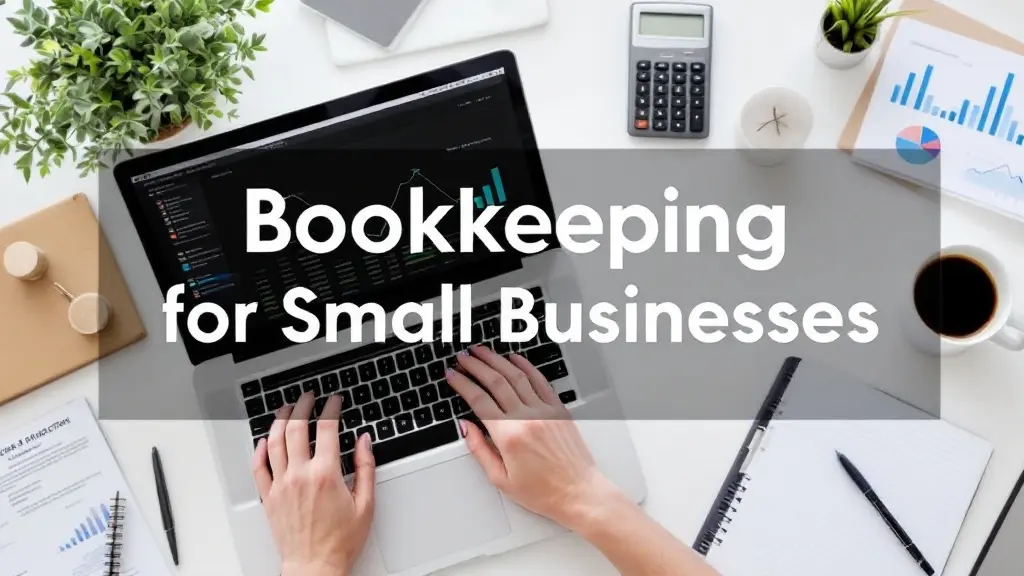Balance Sheet and Income Statement: A Beginner’s Guide to Understanding Business Finances
Table of Contents
Most Read
[fusion_dropcap class="fusion-content-tb-dropcap"]W[/fusion_dropcap]hen it comes to managing or analyzing a business, two financial statements stand out as the most important — the balance sheet and the income statement. Whether you’re a startup founder, a small business owner, or a student stepping into the world of accounting, understanding these two financial reports is essential.
In this blog, we’ll break down what balance sheets and income statements are, how they’re different, why they matter, and how to read them — all in simple, clear language.
📌 What Is a Balance Sheet?
The balance sheet is like a financial snapshot. It shows a company’s financial position at a specific point in time. Think of it as a photo of everything the business owns and owes on a particular date.
✅ Key Components of a Balance Sheet
- Assets – What the company owns
Examples: Cash, inventory, buildings, equipment, accounts receivable. - Liabilities – What the company owes
Examples: Loans, unpaid bills, wages payable, taxes owed. - Equity – What’s left for the owners after subtracting liabilities from assets
Examples: Owner’s capital, retained earnings, stock.
📊 Balance Sheet Formula
Here’s the golden formula you should always remember:
Assets = Liabilities + Equity
This equation must always balance, hence the name balance sheet. If it doesn’t, there’s likely an error.
📌 What Is an Income Statement?
The income statement, sometimes called the profit and loss (P&L) statement, shows a company’s financial performance over a period of time. It tells you how much money the company made and spent.
✅ Key Components of an Income Statement
- Revenue – Total income from sales or services
Also known as sales or turnover. - Expenses – Costs incurred to generate revenue
Includes rent, salaries, utilities, cost of goods sold (COGS), etc. - Net Profit or Loss – Revenue minus expenses
If revenue > expenses = Net Profit
If expenses > revenue = Net Loss
🧮 Income Statement Formula
Net Income = Revenue – Expenses
This tells you whether the business is profitable or not.
🔍 Balance Sheet vs Income Statement: What’s the Difference?
| Feature | Balance Sheet | Income Statement |
|---|---|---|
| Shows | Financial position | Financial performance |
| Timeframe | Specific date | Over a time period |
| Includes | Assets, liabilities, equity | Revenue, expenses, profit |
| Format | Snapshot | Flow report |
Both are essential — the balance sheet shows where you are, and the income statement shows how you got there.
💡 Why Are These Financial Statements Important?
Understanding these two reports helps:
- 📈 Track business growth
- 🧾 Plan budgets
- 💰 Manage cash flow
- 📊 Make better investment decisions
- 📑 Ensure compliance and tax accuracy
Investors, lenders, and even government agencies rely on these statements to assess your company’s health.
📘 How to Read a Balance Sheet (With Example)
Let’s say you run a small online store. Here’s what your balance sheet might look like:
As of March 31, 2025
Assets
- Cash: ₹50,000
- Inventory: ₹30,000
- Accounts Receivable: ₹20,000
- Equipment: ₹1,00,000
Total Assets = ₹2,00,000
Liabilities
- Loan Payable: ₹60,000
- Accounts Payable: ₹40,000
Total Liabilities = ₹1,00,000
Equity
- Owner’s Capital: ₹1,00,000
Total Equity = ₹1,00,000
Assets = Liabilities + Equity → ₹2,00,000 = ₹1,00,000 + ₹1,00,000 ✔
This balance sheet shows your store has assets worth ₹2,00,000, and it’s financed equally by debts and owner investment.
📘 How to Read an Income Statement (With Example)
Now, let’s see your income statement for the same period:
For the year ending March 31, 2025
- Revenue: ₹5,00,000
- Cost of Goods Sold (COGS): ₹2,00,000
- Gross Profit: ₹3,00,000
- Operating Expenses: ₹1,50,000
- Net Profit: ₹1,50,000
This means you earned ₹5,00,000 from sales, spent ₹2,00,000 on goods, and ₹1,50,000 on operations — leaving you with a ₹1,50,000 profit.
🔑 Tips for Analyzing Financial Statements
- Compare Periods
Always compare this year’s report to last year’s to identify trends. - Use Ratios
Financial ratios like current ratio, debt-to-equity, and net profit margin can reveal deeper insights. - Check for Red Flags
- Declining revenue
- Increasing debt
- Negative cash flow
These can signal potential problems.
- Look at the Bigger Picture
One report doesn’t tell the full story. Use both balance sheets and income statements together.
📚 Common Mistakes to Avoid
- Ignoring depreciation or non-cash expenses
- Confusing cash flow with profit
- Not updating the balance sheet regularly
- Overlooking liabilities like taxes payable
Understanding these elements can save your business from surprises down the road.
🧠 Real-Life Application: Why It Matters
Imagine you want to expand your business or apply for a loan. The bank will ask for your financial statements. If you can confidently present a well-structured balance sheet and income statement, it boosts your credibility.
Even for internal use, these documents guide critical decisions — such as when to hire, increase marketing, or cut back on spending.
📝 Final Thoughts
Whether you’re running a startup or just learning accounting basics, mastering the balance sheet and income statement is non-negotiable. These two documents are the foundation of financial literacy for business success.
They might seem intimidating at first, but once you understand how they work and what they tell you, you’ll start seeing your business from a whole new perspective.
🔍 SEO Keywords to Include
- Balance sheet explained
- Income statement format
- Profit and loss statement
- Difference between balance sheet and income statement
- How to read a balance sheet
- Net profit vs gross profit
- Financial statements for small business
📢 Want Help Managing Your Business Finances?
At FinTax24, we help businesses make sense of their numbers. From preparing financial statements to strategic tax planning, our experts ensure your financial reporting is always accurate and insightful.
🔗 Get in touch with us today to stay on top of your business finances!
Let me know if you’d like this blog post formatted into a WordPress-friendly HTML structure or need a version in Gujarati/Hindi as well.









